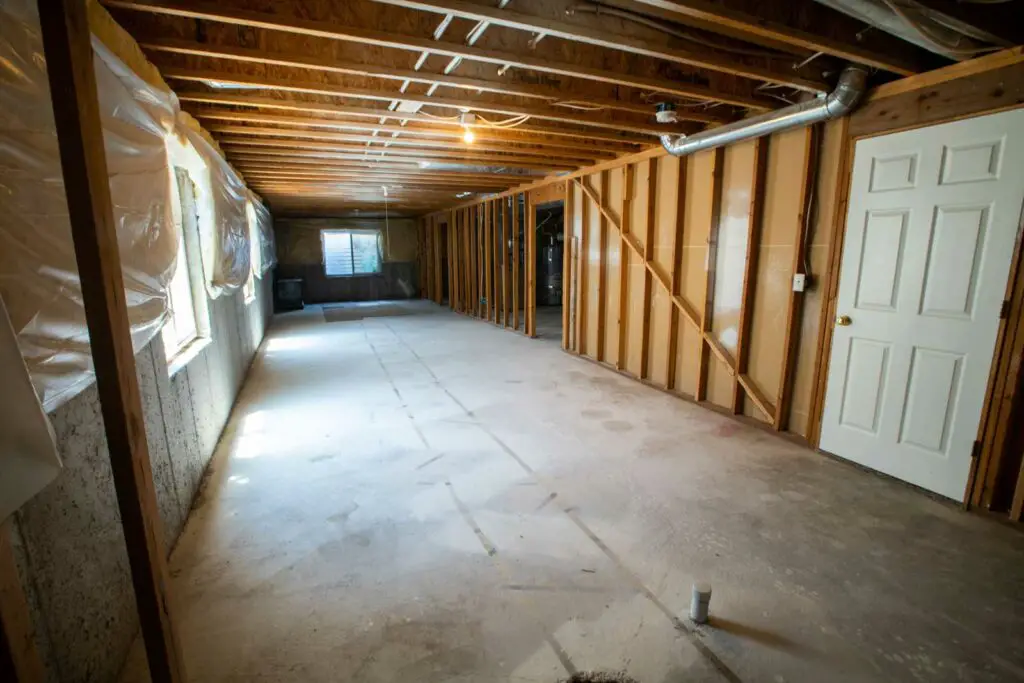What’s the average size of a basement? Is there such a thing as an “average” size?
We’ve all had minor dreams of converting our basement into a home theater, a game room, or even a guest room. If you have any of these dreams or even something different planned for your basement, it is important to know how much space you are working with.
This leads a lot of people to wonder, “What is the average size of a basement?”
The average size of a basement is usually between 500-1500 square feet with of 8 foot ceilings. The footprint of the basement can vary depending on the square footage of the main house. The standard 8 foot wall height depends on how deeply the basement is dug when your house is designed and can be taller to meet your needs as desired.
That’s the short answer.
The more complete answer is, it depends.
It depends on several different factors, including available square footage, ceiling height, and the type of basement you are constructing along with the area of the country where you’re building.
By the way – before we get too far along here, if you want to connect with other homeowners and builders and get more great ideas for your home to make your space the best join my free private Facebook group, Remodel Reality here.
Types of Basements
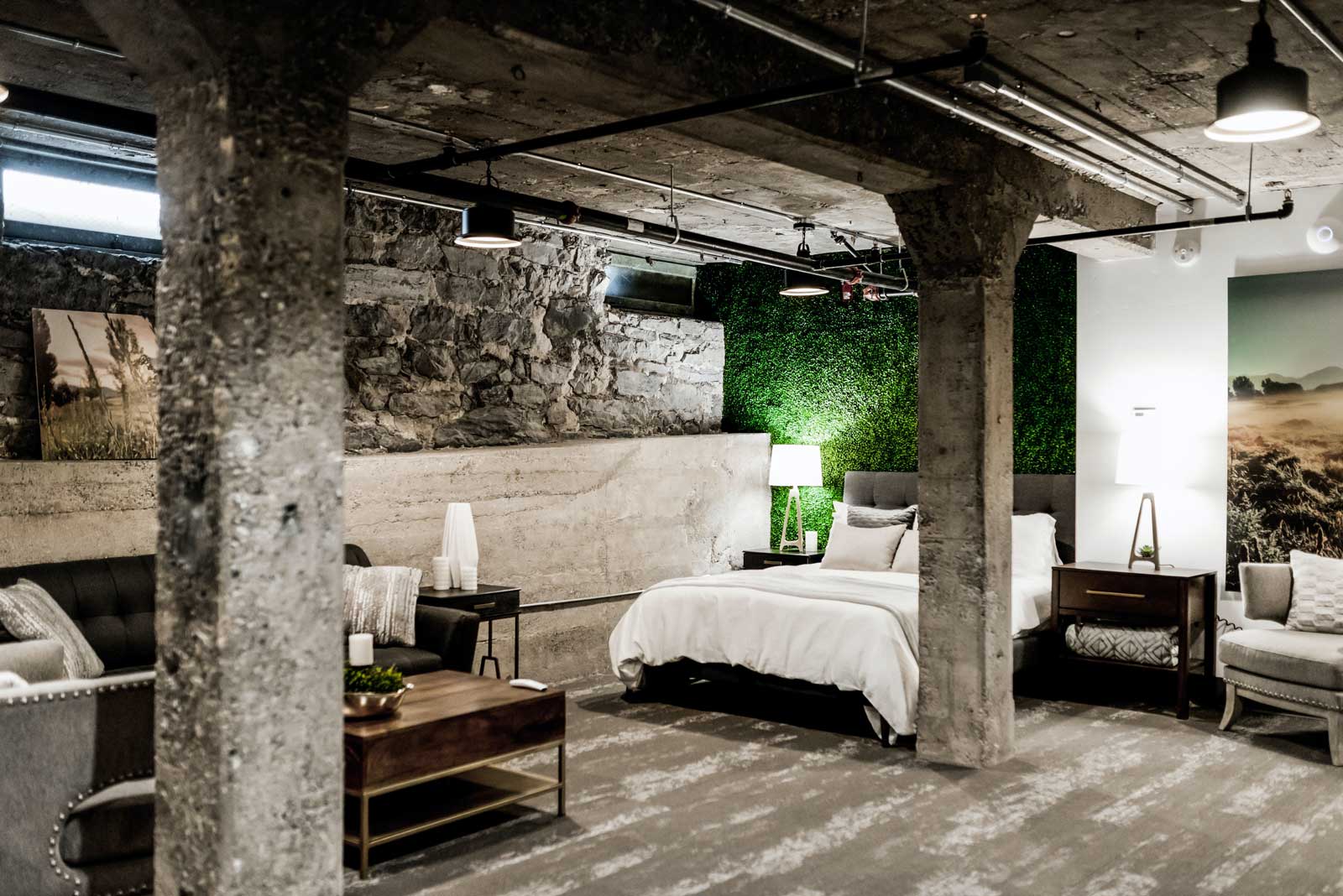
There are full basements, partial basements, crawlspaces, and cellars; each one is a different size that could determine your basement’s functionality.
So before you start your basement remodeling project, it is important to determine what type of basement you have in your home.
A full basement is the same size as your house.
For instance, if you have a 2,000-square-foot house, your full basement will also be 2,000 square feet.
A partial basement is exactly what it sounds like: it is a basement that is only a portion of the size of a full basement.
Partial basements can be good areas for storage.
A crawl space is a basement in name only.
These are small spaces under the house that only allow room to access ducts or plumbing under the house.
A crawl space is usually common in areas where there is a lot of flooding, due to the fact that a larger basement could be easily filled with water from storm water.
Cellars are another type of basement that is not generally a functional living space.
Cellars, like the one at my grandmother’s house in Atlanta are not always finished spaces, but are great for storage, and completely beneath the house.
The cellar at my grandmother’s house is simply a space that’s been dug out beneath the house that, while supporting the foundations of the house does not have any concrete or finishing materials used in the space.
Cellars, like my grandmother’s is, were traditionally used to store canned goods or wine; today, however, they are generally used as extra storage space.
How to Use Basements
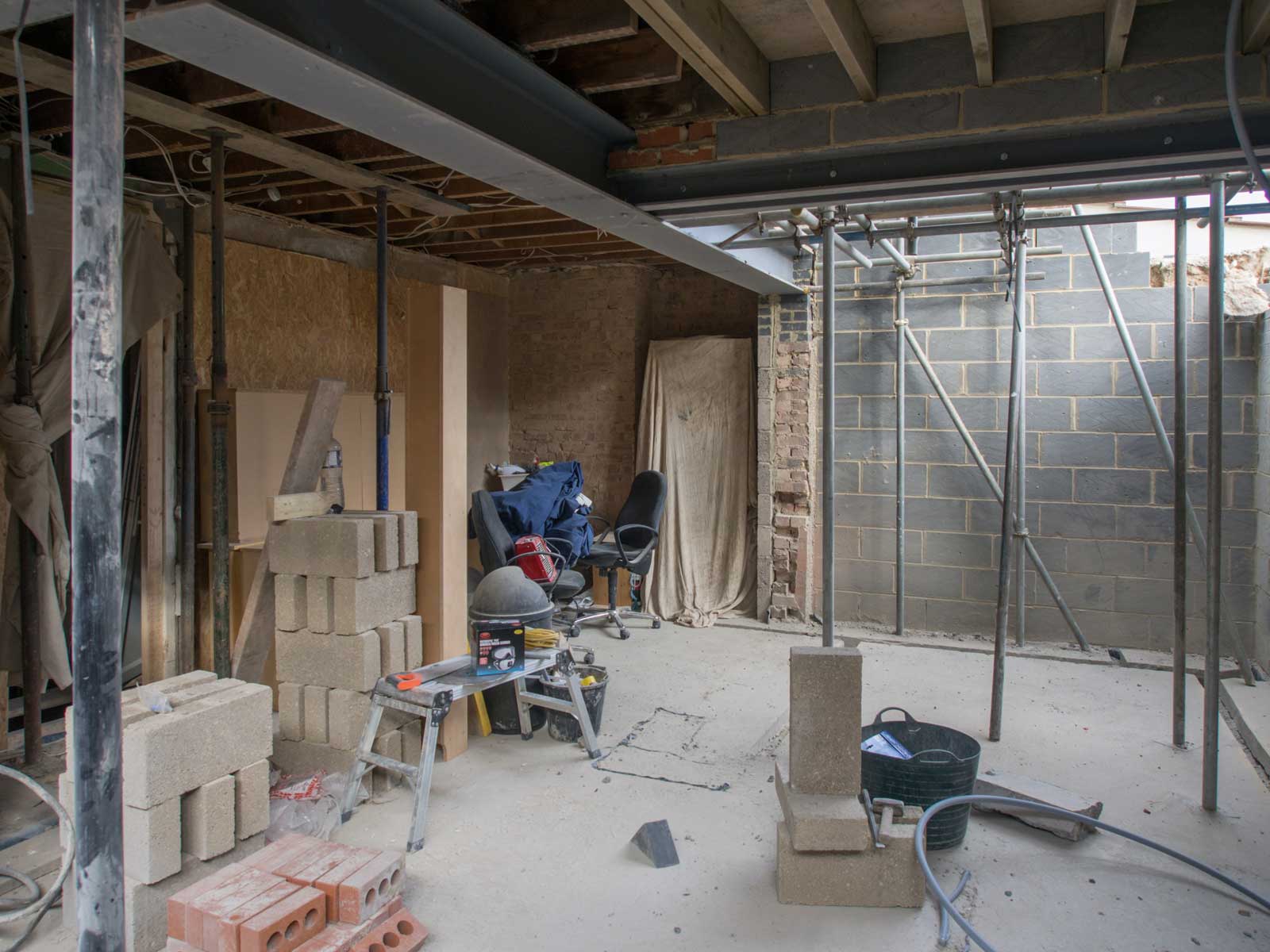
Knowing what type of basement you have is important because it can give you an idea of what you can use your basement for.
After you have figured out which type of basement you have, you will need to take a look at whether you have a finished space or if you will be facing a basement remodeling project.
If you are needing to start a basement finishing project, additional costs for the project will need to be taken into account.
The average costs for the basement remodel is between $30 and $75 per square foot.
If you already have a finished basement, congratulations! You can go ahead and style it however you want!
If you have a full basement, options for your basement are plentiful. You might be considering a game room or a home movie theater, if this is the case you need to ensure that there are enough electrical outlets.
Another option for a full basement is an entire guest suite. This will give your guests plenty of room to have their own basement bedroom and get comfortable in your home.
Of course, a guest suite would include a full-size bathroom, so you would need to ensure that there are water pipes to the basement.
Partial basements may still give you enough room for a small game room or basement living space, but there will definitely not be room for a suite.
If it’s a partial basement it can still be converted to be used as a gaming room or study space.
On the other hand, if you have a crawl space or a cellar, you would not have much room for anything other than storage.
Square Footage For Your Basement
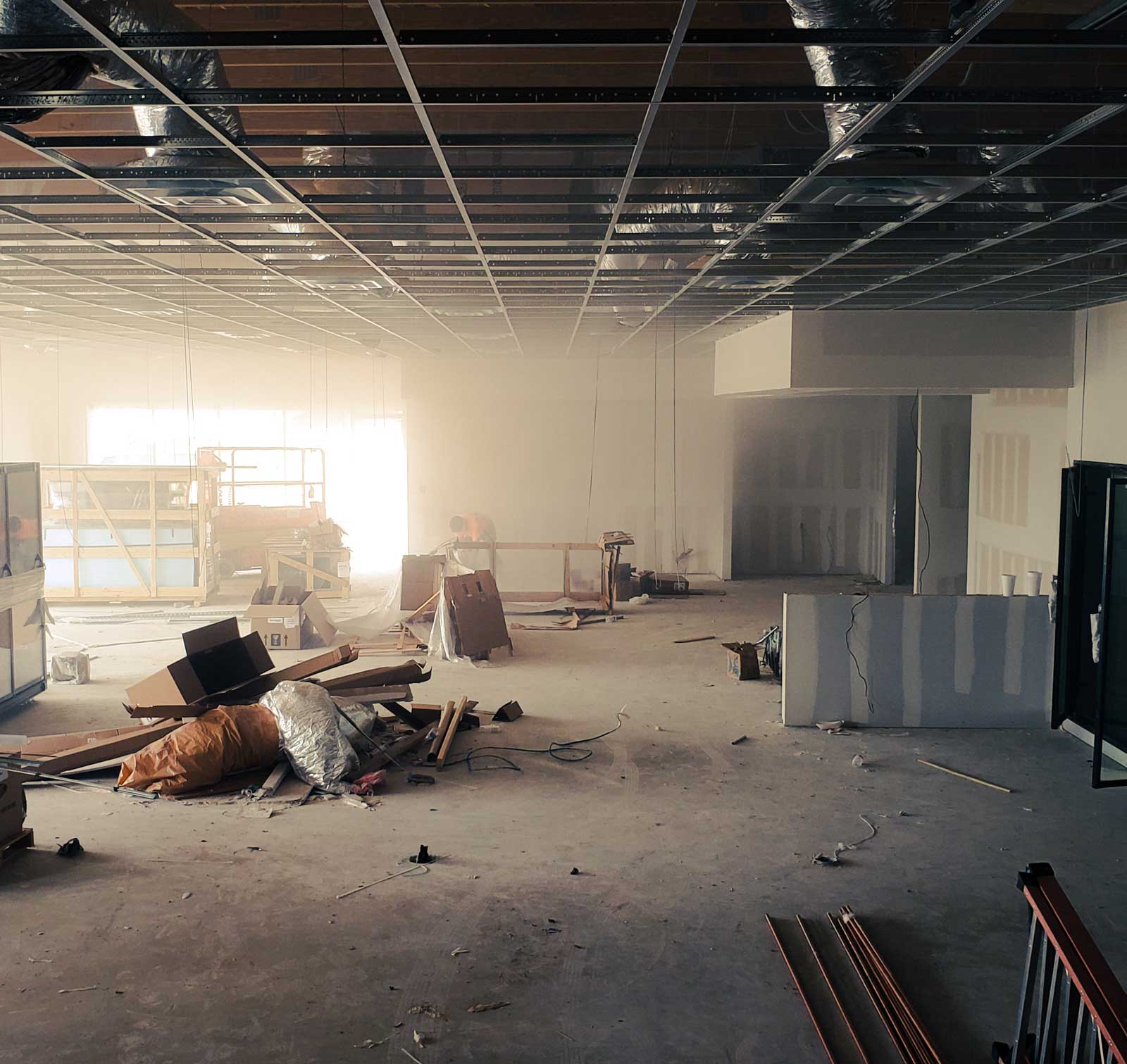
One of the most important things to consider when searching for the size of your basement, or deciding what to do with your basement, is how much square footage is available.
Basement dimensions can be a little tricky to figure out, due to the fact that many of them come with strange angles and corners which may bring back nightmares from your high school geometry class.
However, after a little math, you will be able to tell the number of square feet you have to fit furniture in.
If you are in the middle of a basement finishing project, you will want to take any new basement walls into account.
Though the walls are only roughly 4-5 inches wide, the new basement wall can take up more space than you think, and could ruin your remodel if these widths are unaccounted for which could make fitting in your furniture or other furnishings difficult if not impossible.
Ceiling Height In Your Basement
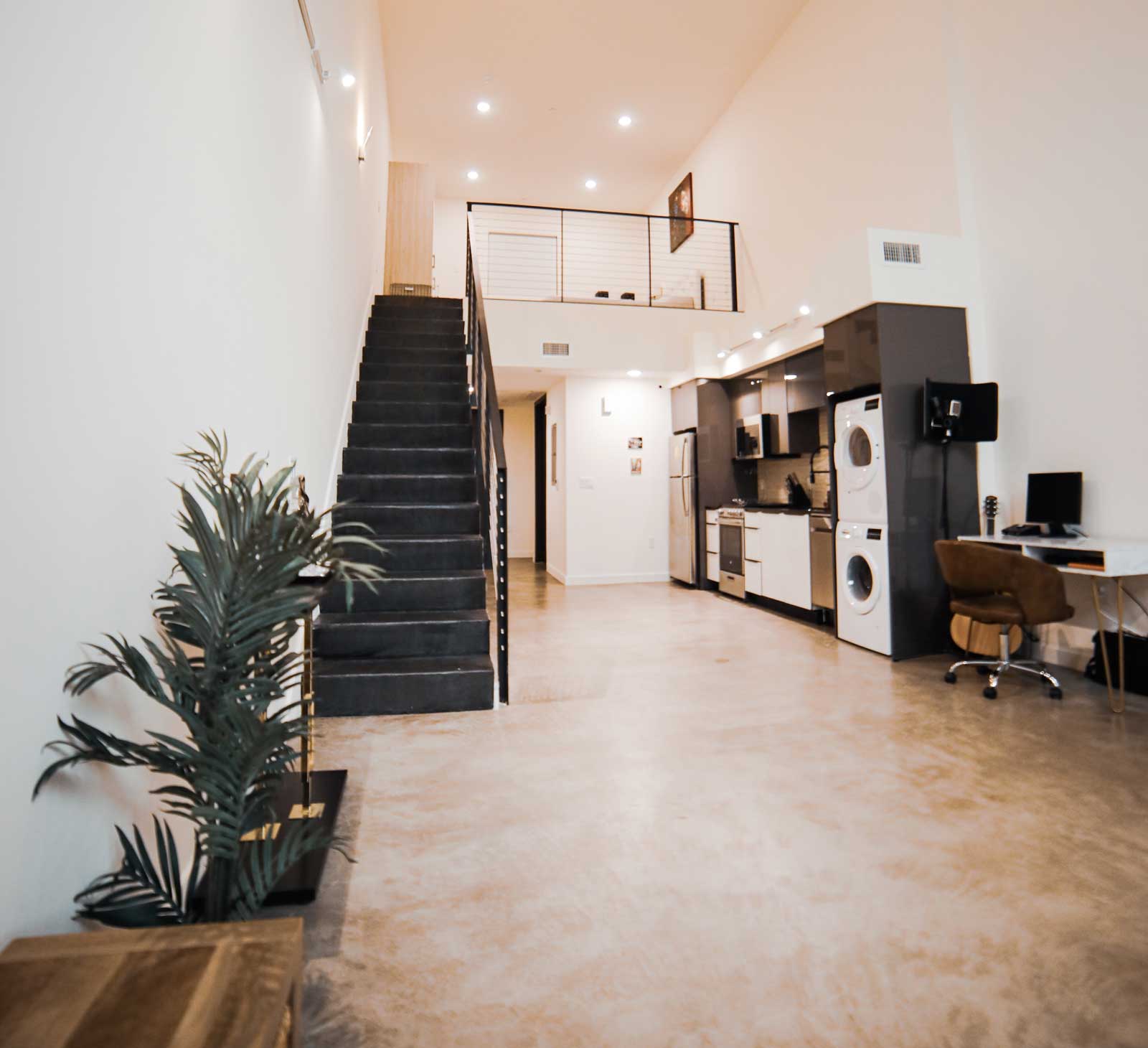
There is another thing that you will want to consider when you are trying to decide what your basement size is: ceiling height.
The average basement ceiling height varies depending on what type of basement you have, and this factor can help determine what you will be able to do with your basement.
That said, the standard basement wall height is 8 feet but this can vary anywhere from 6 feet all the way up to 10 feet depending on how your home was built.
Crawl spaces are literally areas that give you a little more room than you need to crawl. Crawl space heights range between 3 feet tall and 4 and a half feet tall.
Anything with a ceiling height over 4 feet and 11 inches is considered a basement, while anything under that is considered a crawl space.
If you have a basement, the ceiling height can vary between the 7-foot to 9-foot range, though they can go up to a 10-foot basement ceiling height.
In fact, the International Residential Code says that a basement living area must have floor-to-ceiling heights of 7 feet.
Any of these heights should suffice for your basement remodel, though you may need a larger ceiling if you are wanting a large screen for movies.
A popular option for basement ceilings is a drop ceiling or a suspended ceiling. This is a grid system that is suspended from above and holds individual tiles. This grid system is very easy to install, and the tiles are easily repaired and replaced.
Maintenance Concerns For Your Basement
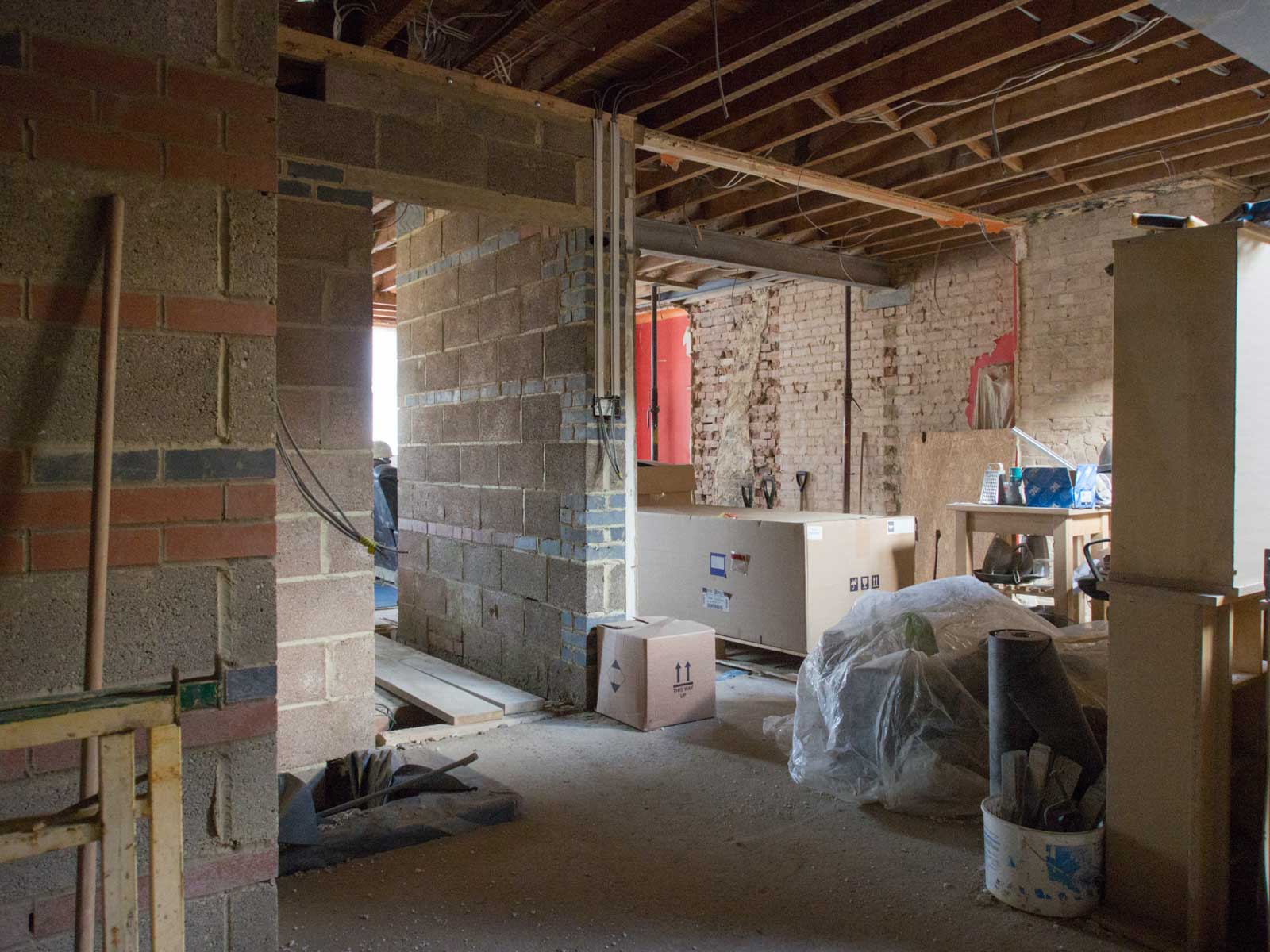
Basements are traditionally dark, damp, and scary places, and they are portrayed that way for a reason.
Since they are underground, or at least mostly underground, basements are generally a great place to run into dark areas and the occasional dampness.
In other words, in order to make your basement into a livable space, you will have to deal with any lighting or moisture issues. And some of these problems can get very expensive!
You may want to think about getting waterproof walls and floors. At the very least, steer away from hardwood flooring for your basement floor.
You might also want to consider a basement sealing system, which will provide additional protection against any dampness or water damage.
Try to ensure that rainwater flows away from your house, or install drains around your house. Some of these measures may be on the expensive side, but that is better than waking up one morning to discover that your basement has experienced a water leak and is covered with a layer of water.
Heating and Conditioning For Your Basement

Nobody wants to sit in a hot basement and sweat all day.
Conversely, no one wants to freeze in their own basement either. The answer to this problem is to make sure that your basement is connected to your current heating and cooling system.
Hopefully, your contractor will be able to add a few vents to your existing system.
If your existing system just isn’t capable of adequately managing all that additional space, you may need to upgrade your entire system.
This process is not for the faint of heart, however, seeing as it can run anywhere from $7,000 to $15,000. With prices that high, you may be tempted to just use portable heating and cooling systems, which is perfectly fine!
Other Basement Tips
It is important to remember that if you live in an area that is prone to either earthquakes or floods, a basement may not be the best choice for your house.
Basements can easily flood and ruin everything that you had in the room. During an earthquake, you risk the rest of the house collapsing and ruining your basement anyways.
However, if you live in an area that is prone to tornadoes, a basement may be the perfect safe spot for you. There are even separate safe rooms that you can buy and have bolted into your foundation; this way, your safe room will not be taking up all of the space in your basement.
Basements come in all shapes and sizes, from full basements that are the same square footage as your house, to crawl spaces, which allow you nothing more than access for maintenance.
No matter what the size of your basement is, make sure to keep the area neat and clean. There are many benefits to finishing your basement, and it is a decision you will not regret.
Why Remodel Your Basement?
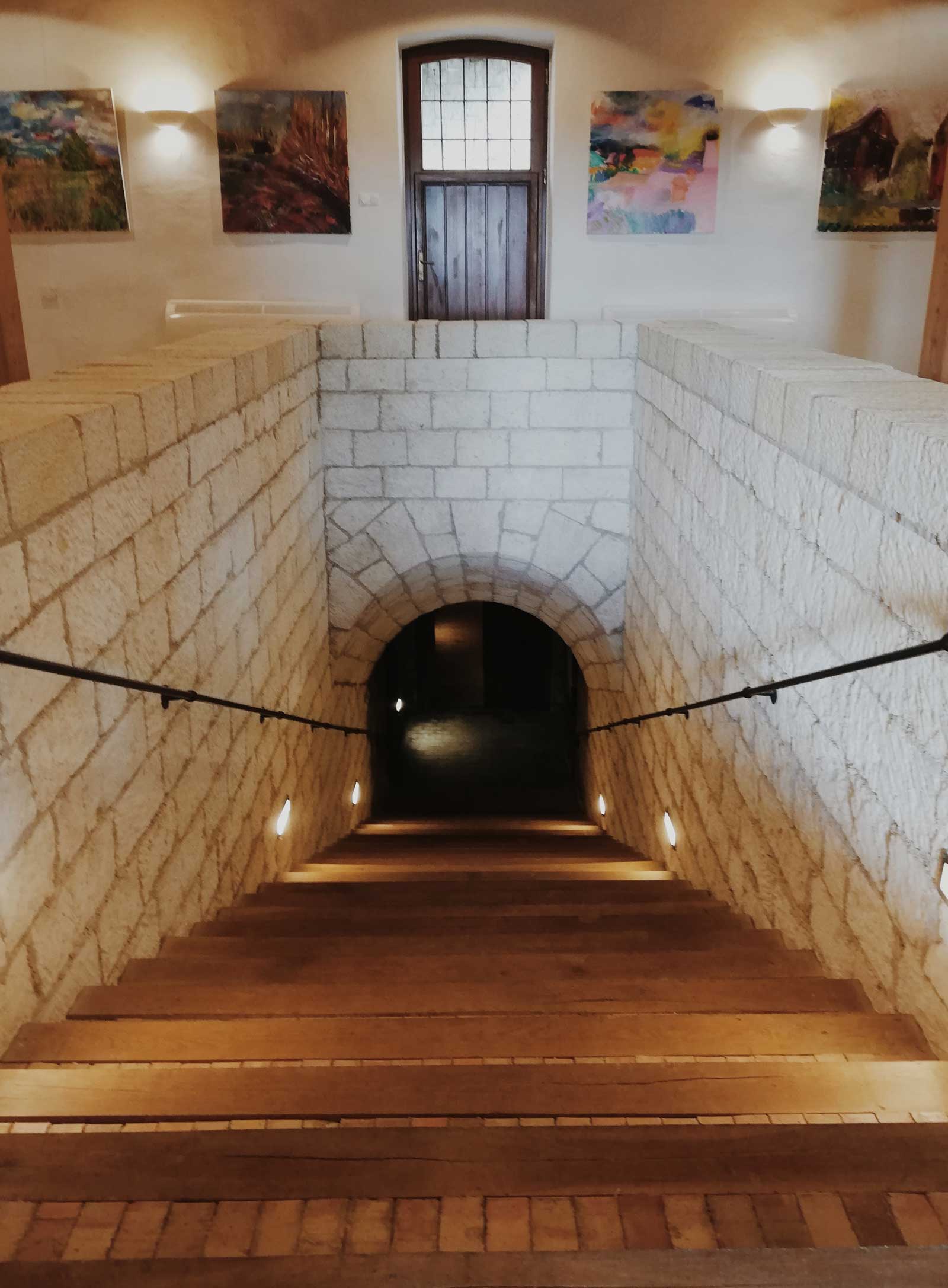
Besides the major benefits of turning a useless area into a habitable space, remodeling your basement can provide a lot more positives.
One of the major benefits of having your basement remodeled is the fact that it will increase your home’s worth.
As a matter of fact, having a finished basement, according to remodeling.hw.net, will give you a return on your investment somewhere between 60-70% of your original spend. This means that if you spend $10,000 on your basement remodel, your home value could increase by $6000 to $7000.
As we mentioned above, additional space for entertainment, living, or storage is another benefit of remodeling your basement.
But did you know that finishing your basement could also improve your home’s energy efficiency? Adding walls and fresh walls in your basement will help heat or cool your home, as well as keep your energy bill down!
Another option, if you have a full basement, is to turn it into a suite and rent it out, meaning additional income for you. There are so many benefits to remodeling your basement that it seems a wise decision to make.
Next Steps
Want to join others who are creating the most amazing home redesigns & renovations and get more tips, tricks and hacks on how to make your home the best it can be?
Join my brand new free private Facebook group, Remodel Reality to connect with other people like you to make your space the best!
